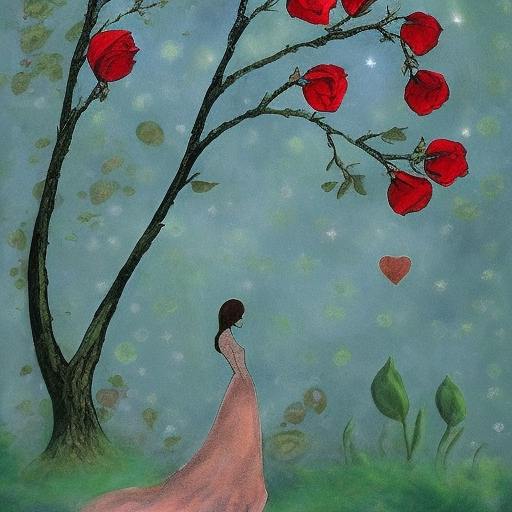Romanticism:
Romanticism was an artistic and intellectual movement that emerged in the late 18th century and reached its peak in the 19th century. It was a reaction against the rationalism and scientific focus of the Enlightenment, emphasizing emotion, imagination, and individualism. Romanticism had a profound impact on literature, art, music, and philosophy, and its influence can still be seen today.
Characteristics of Romanticism:
Romanticism was characterized by several key features. Firstly, it placed a strong emphasis on emotion and the individual experience. Romantic artists and writers sought to evoke powerful emotions in their audience, often through dramatic and intense subject matter. They celebrated the individual’s imagination and inner world, valuing personal expression and subjective experience.
Secondly, Romanticism was marked by a fascination with nature and the sublime. Romantic artists often depicted awe-inspiring landscapes, emphasizing the beauty and power of the natural world. They saw nature as a source of inspiration and a way to connect with the divine. The sublime, a concept central to Romanticism, referred to the experience of being overwhelmed by the vastness and grandeur of nature.
Thirdly, Romanticism rejected the constraints of reason and embraced the irrational and supernatural. Artists and writers explored themes of the supernatural, the mysterious, and the fantastical. They were drawn to the dark and mysterious aspects of human existence, exploring themes of madness, the supernatural, and the unconscious mind.
Fourthly, Romanticism was characterized by a sense of nostalgia and a longing for the past. Romantic artists often looked back to earlier periods, such as the Middle Ages, for inspiration. They idealized the past as a simpler and more authentic time, contrasting it with the industrialization and urbanization of their own era.
Impact on Literature:
Romanticism had a profound impact on literature, with many of its key themes and ideas being explored in the works of famous writers such as William Wordsworth, Samuel Taylor Coleridge, Lord Byron, and Mary Shelley. Romantic literature often focused on the individual’s experience of nature, exploring themes of beauty, awe, and the sublime. It also delved into the darker aspects of human existence, exploring themes of madness, obsession, and the supernatural.
One of the most famous works of Romantic literature is Wordsworth’s “Lyrical Ballads,” a collection of poems that celebrated the beauty of nature and the power of the imagination. Coleridge’s “The Rime of the Ancient Mariner” explored themes of guilt, redemption, and the supernatural, while Shelley’s “Frankenstein” examined the consequences of scientific ambition and the nature of humanity.
Impact on Art:
In the visual arts, Romanticism had a significant impact on painting, with artists such as J.M.W. Turner and Caspar David Friedrich creating dramatic and atmospheric landscapes that captured the sublime beauty of nature. Romantic painters often used bold colors, loose brushwork, and dramatic lighting to evoke emotion and create a sense of awe.
Romanticism also had an influence on sculpture, with artists like Antoine-Louis Barye and Jean-Baptiste Carpeaux creating dynamic and emotional works that emphasized the individual’s inner world and the power of the human spirit.
Legacy of Romanticism:
The legacy of Romanticism can still be seen in contemporary art and culture. Its emphasis on individualism, emotion, and the power of the imagination continues to influence artists and writers today. The Romantic movement also paved the way for later artistic movements such as Symbolism and Surrealism, which explored similar themes of the irrational, the subconscious, and the fantastical.
In conclusion, Romanticism was a transformative artistic and intellectual movement that emerged in the late 18th century. It emphasized emotion, imagination, and individualism, rejecting the rationalism of the Enlightenment. Romanticism had a profound impact on literature, art, music, and philosophy, and its influence can still be seen in contemporary culture.












